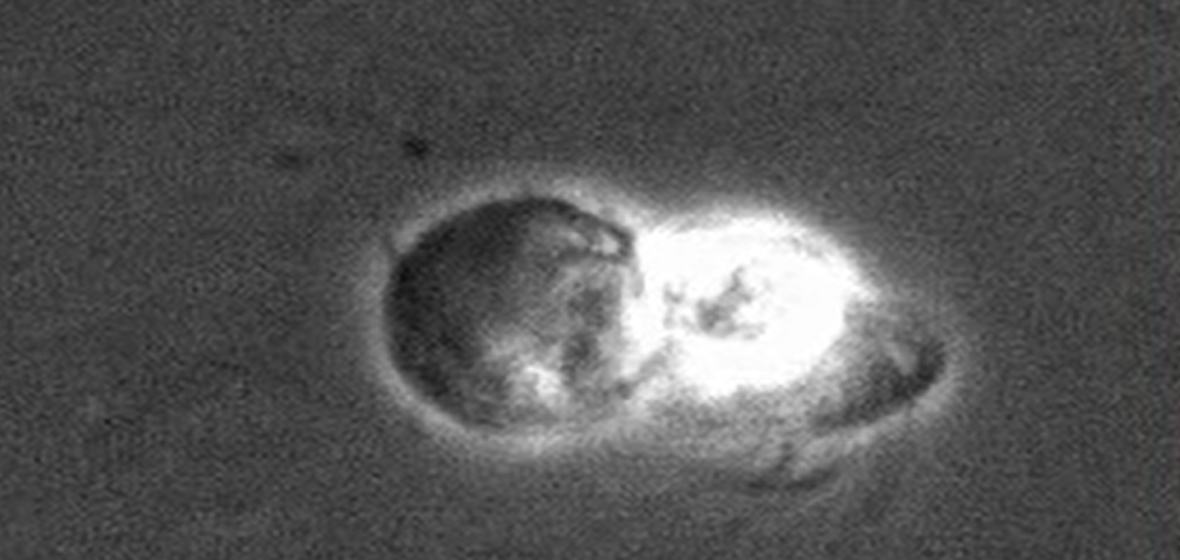About 9 percent of men and nearly 11 percent of women of reproductive age in the United States have experienced fertility problems, according to the National Institutes of Health (NIH) . In one-third of infertile couples, men are often the cause of the infertility. A new study recently published in the Proceedings of the National Academy of Sciences of the United States of America (PNAS) corrects a 150-year-old concept regarding sperm transport through cilia beat. The findings could lead to new methods in treating male infertility.
According to University of Nevada, Reno School of Medicine (UNR Med) professor Wei Yan, M.D., Ph.D., AAAS Fellow, department of physiology and cell biology, who led the research, the study uncovers efferent duct obstructions as a new cause of male infertility.
“We realized that the primary cause of male infertility may lie in a blockage in the efferent ducts, which has never been observed or reported in animals or humans,” said Yan. Yan’s research team also developed a new treatment that allows infertile mice with efferent duct obstructions to regain fertility, which could one day be translated into human applications.
“Men produce millions of sperm daily,” said Yan. “When sperm are produced inside the testis, they cannot swim. They have to be flushed out by testicular fluid, which carries them further to the tiny efferent ducts that are smaller than the sperm, themselves.” That poses the question of how millions of immotile sperm are able to pass through such narrow channels successfully, without clogging.
Current knowledge has thought that motile cilia, eyelash-like extensions of specific epithelial cells, push sperm forward in one direction through efferent ducts. “Our study demonstrates that this is not the case,” said Yan. It turns out that motile cilia in the male reproductive tract beat with continual changes in direction. “In this way, cilia function to stir things up instead of transport. If cilia stop beating, sperm will accumulate into clumps that block the efferent ducts. As a result, fluids build up, causing testicular damage and male infertility.”
When the fluid back pressure is relieved through a simple surgical procedure, male fertility can fully recover. “Our research discovered not only a new cause of male infertility, but also a potential new treatment for male infertility caused by efferent duct obstructions,” said Yan.
In addition to the Yan lab, other collaborators, including Rex Hess, Ph.D., a University of Illinois professor emeritus of comparative biosciences, Chen Xu, M.D., Ph.D, and Jingwen Wu, M.D.,Ph.D. at Shanghai Jiaotong University in China, also contributed to this work.
“The work that Yan and his research team are doing in male infertility has significant potential and may one day lead to new methods that can improve lives,” said UNR Med Dean, Dr. Thomas L. Schwenk. “This is evidence that UNR Med is at the forefront of innovative solutions to improve human health.”
The Yan lab research has been possible in part by grant funding from the NIH and the Templeton Foundation.
The Yan Lab at UNR Med is researching sperm transportation and has revealed a new cause of male infertility. The Yan research team has found that eyelash-like extensions of specific epithelial cells called motile cilia in the male reproductive tract beat with continual changes in direction. If cilia stop beating, sperm will accumulate into clumps that block the efferent ducts. As a result, fluids build up, causing testicular damage and male infertility. These findings correct a 150-year-old wrong concept regarding sperm transport, and could lead to new treatment for male infertility.” –Video courtesy of UNR Foundation Professor Wei Yan, M.D., Ph.D., AAAS Fellow, department of physiology and cell biology, UNR Med.











